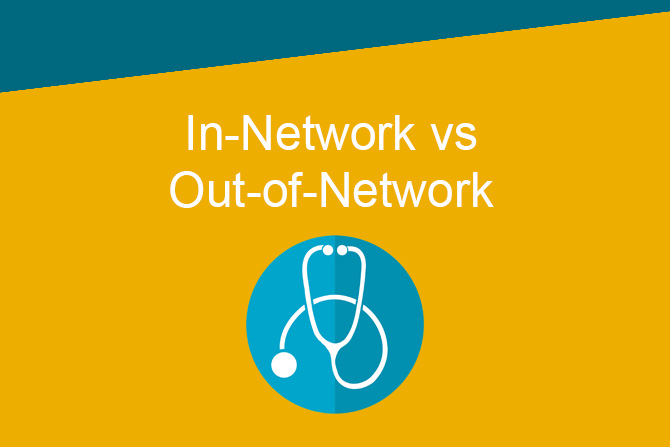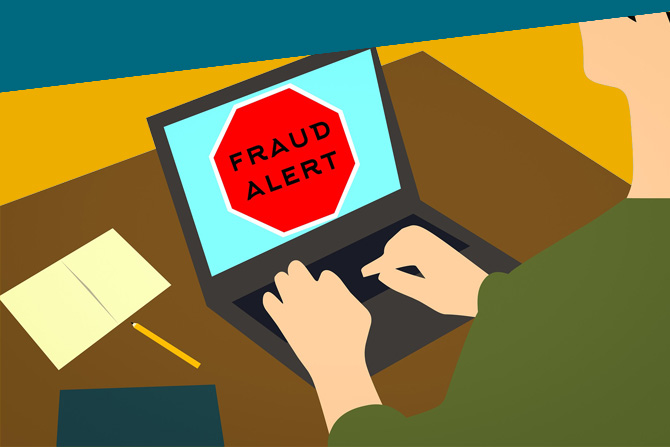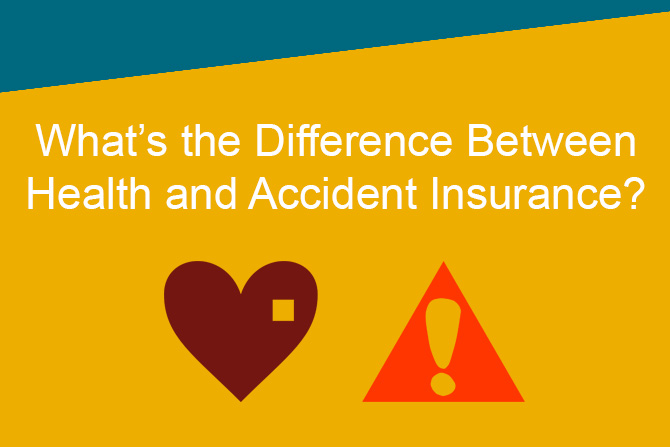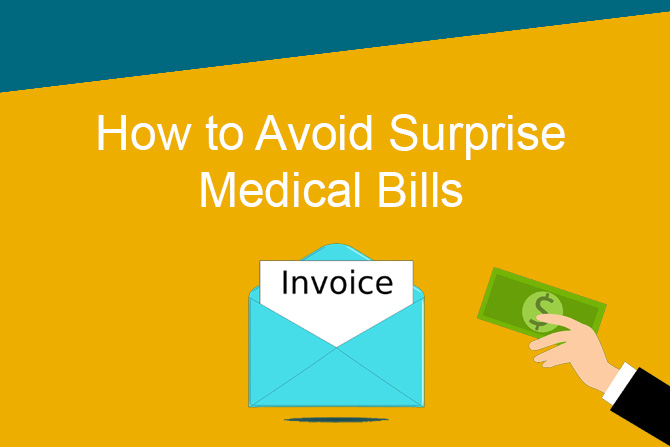Emergency Room and Insurance - What to Expect
December 30, 2019
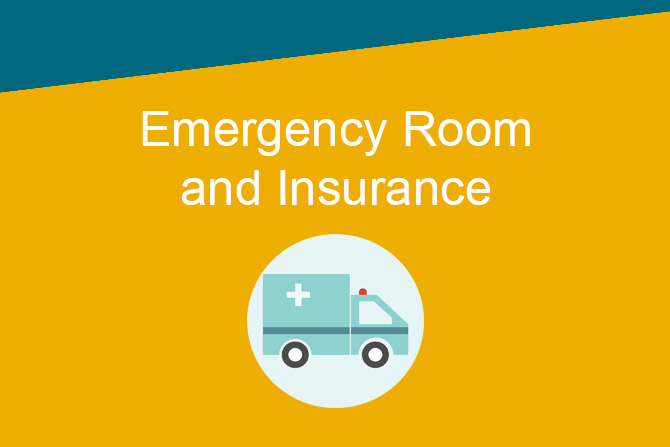
A visit to the emergency room is usually just that, an emergency. But there are some important things you can do ahead of time to be prepared for that eventuality should it arise.
What Will it Cost?
First, of course, you have to get to the ER. That may entail a ride in an ambulance provided by a company that doesn’t take your insurance. In that case, it’s estimated that the cost to you could exceed $2,000, depending on where you reside and the treatment you may need.
This will probably come as no surprise, but treatment through the ER can be expensive in other ways as well. Even making sure you go to a hospital that accepts your insurance is no guarantee that you won’t get hit with large and unexpected charges.
One reason it can be expensive is that the majority of ER doctors work as independent contractors. If they are not included in your insurance plan’s network, they’ll likely do what’s called “balance billing” to recoup the amount not covered by your insurance.
This situation can apply to lab work and other services like anesthesiology and radiology. You can ask the ER doctor whether any recommended tests could be done later through your physician, which would likely save you money.
Hurry Up and Wait?
ER wait times may not be as bad as you think. But, of course, that shouldn’t encourage you to run to the ER unnecessarily.
We’ve all heard horror stories about people being stuck in the ER for hours and hours. However, these appear to be exaggerations in general. The Centers for Disease Control and Prevention has reported average wait times to be about a half-hour. However, treatment may take up to another hour and a half.
Some hospitals show their average wait times on their websites. And there are other resources that compile information by state and by hospital.
Can I Go Wherever I Want?
The answer is maybe.
Typically, when 911 is called, they will dispatch the closest available ambulance, which makes sense, and the crew will make the call on which hospital to take you to based on distance and hospital capabilities you require. But you probably won’t know whether the facility is in-network for you. Nor will you want or be able to take the time to do some research under those circumstances.
Regardless of how you get to the ER, some good news here is that the Affordable Care Act stipulates that insurers can’t require prior approval before you receive care for an “emergency medical condition” at an ER, including from an out-of-network facility.
The ACA also says that copays and coinsurance for emergency care cannot exceed what would be your in-network rates. But that applies only to the rates themselves. You still may receive balance billing from any out-of-network providers to cover the gap between what they charge and what your insurance pays for.
How Can I Prepare?
First and foremost, make sure you have reviewed and understand the most current details of what your insurance does and does not cover related to emergency care.
- Are there potential copayment and coinsurance requirements?
- What happens if you receive ER care but aren’t actually admitted to the hospital?
- Are the hospitals you are likely to visit in your insurance network?
- How about the doctors, lab services, etc.?
- How is “medically necessary” defined when requesting an ambulance?
- Where should you go for local treatment if necessary when you’re travelling?
For easy reference, when you arrive at the hospital, you can use your phone to maintain a record of information like your primary care physician, current medications, allergies and emergency family contacts. You’ll probably be asked about previous hospitals stays, past surgeries and major illnesses, family history and so forth. To cover these details, it’s a good idea to have them documented and quickly available to take with you.
If someone accompanies you to the hospital and there is time, they can ask about doctors and services that are in-network and try to line up your care with them. Then, when you’re discharged, make sure to obtain documentation including itemized charges for all the care you received.
Review explanation-of-benefits (EOB) statements from your insurance company before paying any bills you may receive, especially those from out-of-network providers. These statements will detail the amount covered vs. what your obligation may be.
Need Help?
You can ask your insurer whether they would cover balance billing expenses for you or could try to work directly with the provider. Also, you may be able to negotiate yourself with the providers to arrange a lesser amount.
As a last resort, you can file an appeal with the insurer based on documentation of “medically necessary” care that was provided. Claims consultants can assist with this process on a fee or percentage basis. And, depending on where you live, there may be consumer protections in place regarding “surprise” medical bills.
Are There Other Options?
If it’s truly an emergency, don’t hesitate to take action. But another option may be an urgent care clinic. These facilities are generally a good resource when the situation isn’t life threatening or considered major trauma.
They can handle a range of conditions including many illnesses as well as injuries such as burns, broken bones and cuts that may require stitches.
You’re likely to receive care faster and at a much lower cost. Consider the emergency room as the place for what would be termed “acute” care. Some insurance plans offer a hotline for a conversation with a nurse to help evaluate the level of care you may need.



